- We spent a year with a Chevy Colorado, Ford Ranger and Toyota Tacoma.
- A year revealed an objective winner and a not-so-surprising fan favorite.
- So which is best? Which should you have? Which would we buy? Read on to find out.
Toyota Tacoma vs. Ford Ranger vs. Chevy Colorado: Which Truck Is Best After a Year?
Time to see how our midsize pickup trucks held up after a year of use (and abuse)
The Toyota Tacoma, Ford Ranger and Chevy Colorado are the big contenders in the midsize truck class. All of these pickups got top-to-bottom redesigns in the last few years, and adding all three to our One-Year Road Test fleet was a no-brainer. Now, after a year of putting these trucks through their paces both on- and off-road, it’s time to revisit our long-term trio and decide which is best.
Toyota loaned us a Tacoma TRD Off-Road for a year, equipped with the standard 2.4-liter turbocharged four-cylinder engine. We could've waited for the new hybrid engine, but we were impatient, and the turbo-four better lined up with our other trucks. The Chevy Colorado Z71 and Ford Ranger Lariat FX4 Off-Road are pickups we bought with our own money, and both have turbocharged four-cylinder engines under their hoods.
Third place: Chevy Colorado
Despite being the longest-tenured member of our trio (and racking up the most miles along the way), the Colorado just couldn't match the Ford or Toyota. The high-output turbocharged four-cylinder engine (310 horsepower, 430 lb-ft of torque) was eager to get up and go when we needed it and happy to hum along in the background when we were just cruising on the highway. The Colorado also offered a ton of utility — the bed had helpful side steps and the tailgate itself hid a secret compartment for tie-downs, tools and more.
Inside, the tech was also really well done. The Colorado was one of Chevy’s first products to come with its new software suite using Google built-in, and this virtual assistant is one of the best in the business. If you don’t want to use any of that you still get Apple CarPlay and Android Auto.
What made the Chevy our least favorite truck? Issues appeared when we got into the details. The Colorado’s interior had a lot of hard plastic, and even though trucks need to be durable, ours didn't hold up all too well. After just a year, there were plenty of visible scratches and punctures in the plastic speaker grilles. It also had the firmest ride of the three and, to make matters a little worse, the least comfortable seats by far — it just wasn't ideal for the day-to-day grind.
The Chevy Colorado was not a bad truck. It just didn't check the boxes as well as its rivals.
Second place: Toyota Tacoma
The Toyota Tacoma has essentially dominated the midsize pickup class for the last decade and shows no signs of relinquishing its best-seller status. It was easy to see why after a year of living with one. The biggest change from the old Taco to the new one (aside from the loss of the V6) is the big-time interior upgrade.
The Tacoma's seats were hugely supportive while being supple and comfortable at the same time. The interior felt better built than the Chevy’s by a pretty significant margin, and though there was still plenty of hard plastic to be found, our truck held up better than the Colorado over time. Plus, it was just so usable — the knobs for the temperature and volume were nice and big, there was a ton of storage for small items, and the outward visibility was the best of the bunch.
We didn't love the Tacoma's big infotainment screen, but we didn't hate it, either — we just wish it was better integrated into the cabin and that its tech suite was as good as Chevy's Google-backed system. The Taco's gauge cluster showed a ton of usable information and could be customized in dozens of different ways to suit any particular driving situation, like pitch and roll when we were off-roading.
Speaking of off-roading, when we took these three trucks out to the desert, the Tacoma won most of the tests. Yes, $55,240 as-tested is a lot for a Tacoma, but there’s almost no need to stretch for a Trailhunter or a TRD Pro model (which can reach nearly $70,000) when the TRD Off-Road feels like a top-spec truck. We don’t even think you need to go with the hybrid engine because this turbo-four cylinder delivers power just fine.So where did the Tacoma go wrong? Even though power from the turbo-four was great, the truck's fuel economy fell well short of the EPA’s estimate. We only saw 18.7 mpg over the course of a year, when the EPA says we should've been getting 21 mpg. We know Toyota made the move away from the V6 for power and efficiency, but it’s really only gained one of those things. Furthermore, the back seat of the Tacoma was, frankly, a joke. Anyone who sat back there was crammed in like a sardine.
First place: Ford Ranger
Perhaps not surprisingly, the Edmunds Top Rated Truck also topped our test; the Ford Ranger's weaknesses were just too few. The tech setup was the strongest of the three — its giant iPad-like central display had the best balance of features and usability. Its digital instrument cluster was bright, crisp and easy to navigate. The Ranger had the best in-cabin storage, its back seat was the most usable, and the material selection for the cabin was by far the nicest of the trio.
But that's not all. The Ranger's ride quality was so far from truck-like we were often surprised to be driving something with a bed. The Colorado and the Tacoma could get jittery, but we had no such complaints about the Ranger. It was quiet, even at highway speeds, and it handled potholes, bumps and divots far better than its competitors.
The Ranger is also the only pickup to offer a V6 (a 3.0-liter turbo engine). But you’re going to go for the V6, you'd better get the Raptor; the standard tune doesn't feel worth the upgrade. We lived with the base 2.3-liter inline-four for a year and never once lacked power or punch.
Our problems with the Ranger were minor. The auto stop-start in combination with the auto brake hold meant we frequently experienced jerky pullaways from stop signs and lights. Also, the back doors constantly had to be slammed shut, but this was due to a manufacturing mishap that Ford has since fixed.
Maintenance and residual value
All three of these trucks were extremely reliable; we had no major issues and maintenance costs were minor. Living with the Colorado for a year cost us $867 with the Ranger right behind it at $810. The Tacoma had the smallest out-of-pocket spend, at $773.
How much are they worth now? We had all three trucks appraised, and interestingly, the Tacoma took the biggest hit in depreciation, while the Chevy remains closest to its original price tag.
There's no loser here
When we polled the team, many people genuinely preferred the Colorado and Tacoma, and that speaks to just how good all three of these are, and how your specific needs might point you to one truck more than the others. The Ranger might win this comparison, but it's hardly a landslide.
Photos by Ryan Greger
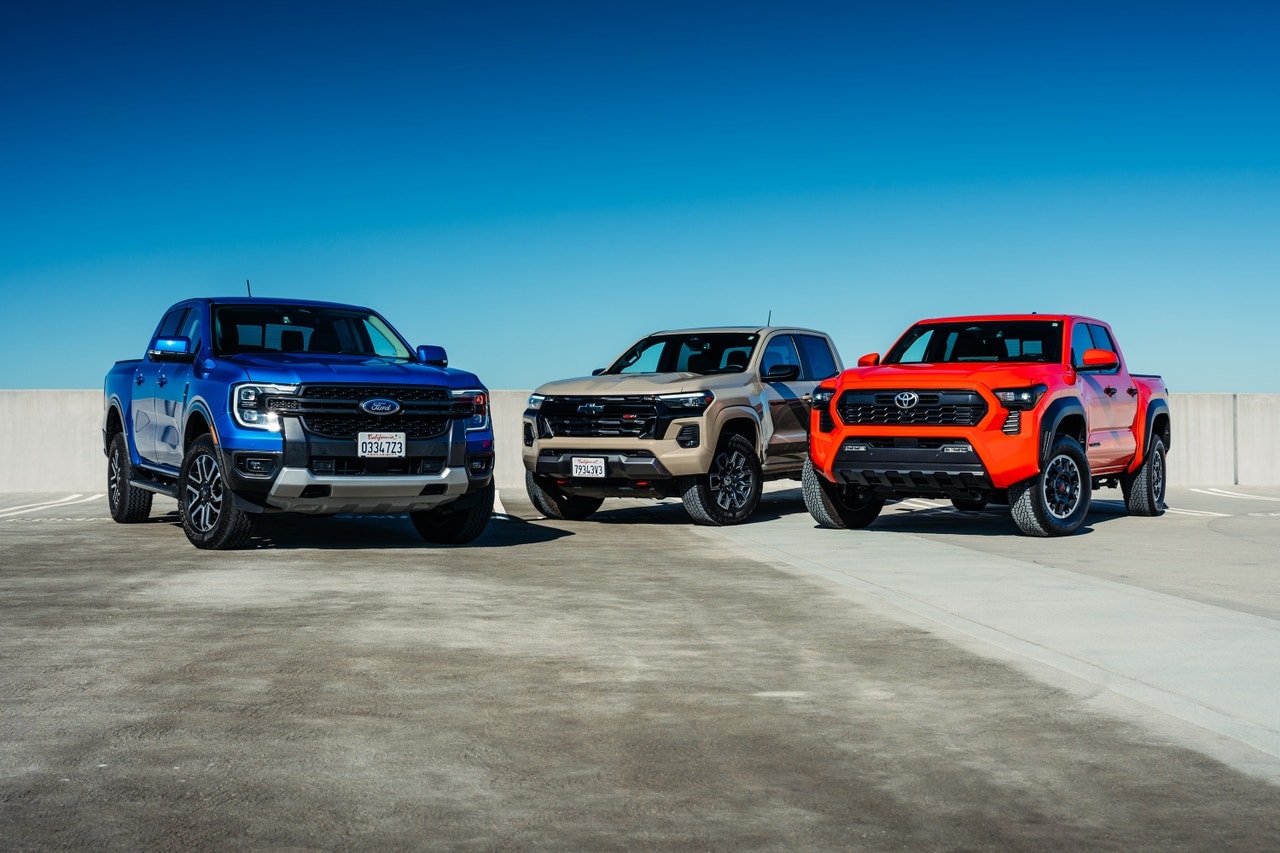





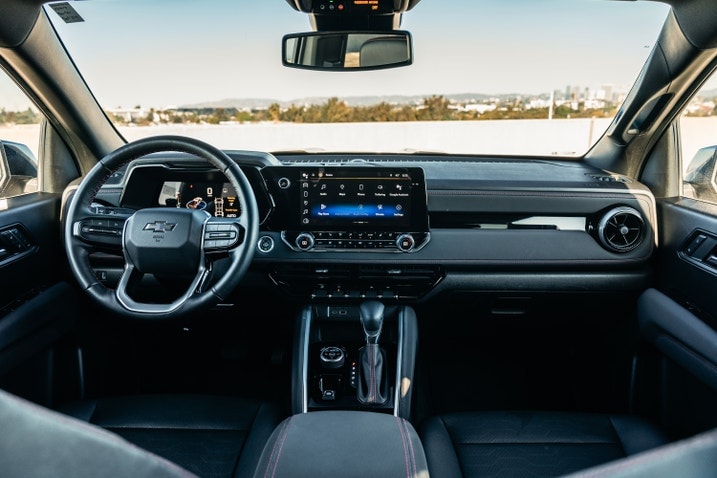
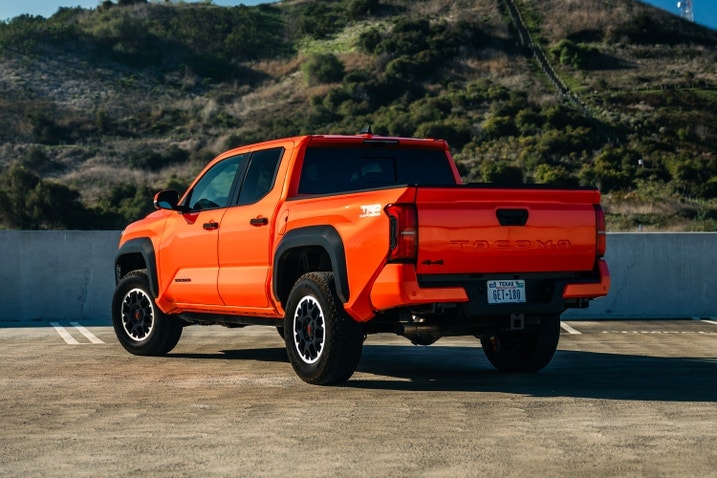

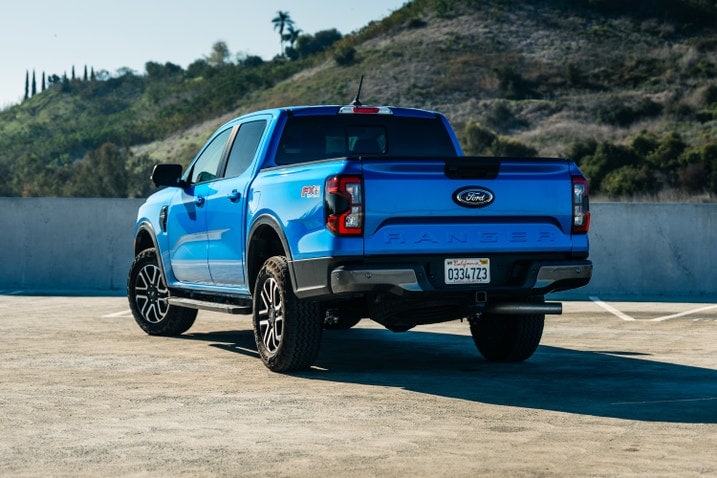
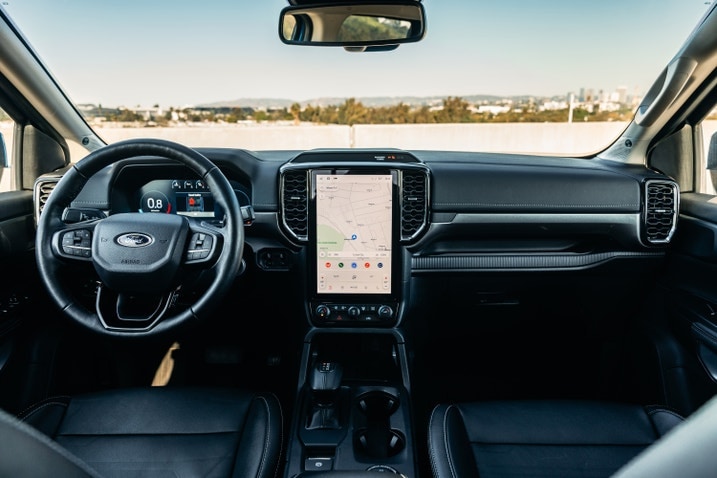
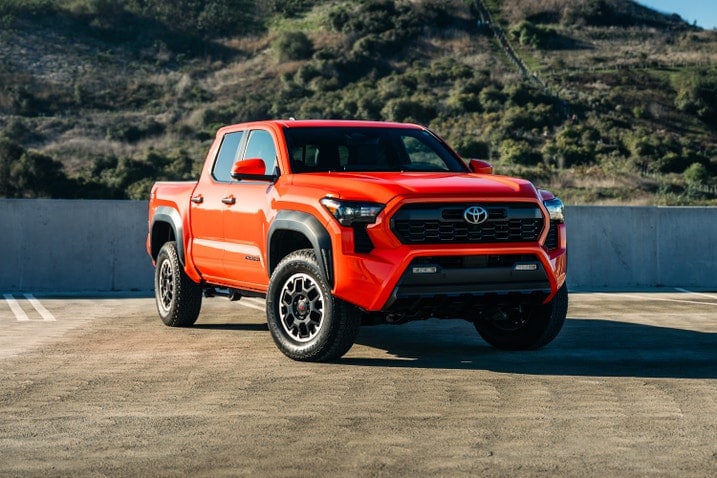
 by
by  edited by
edited by